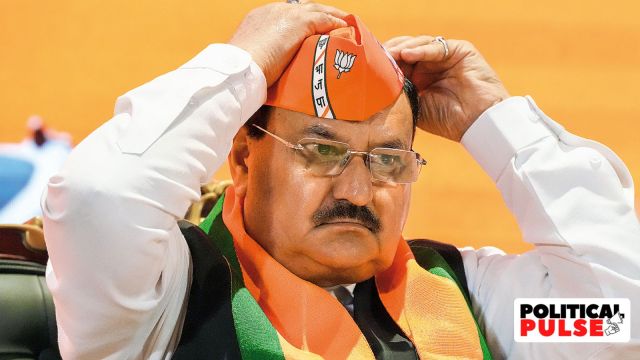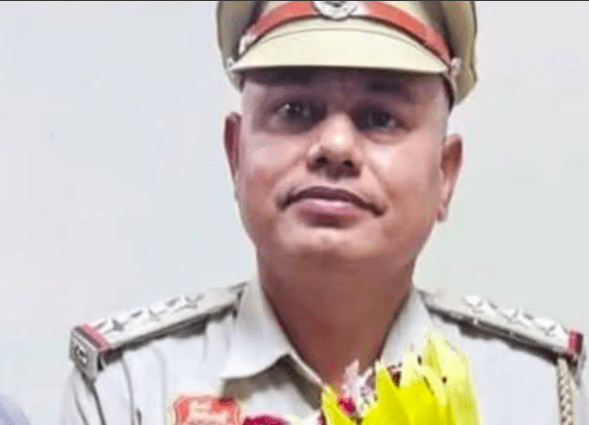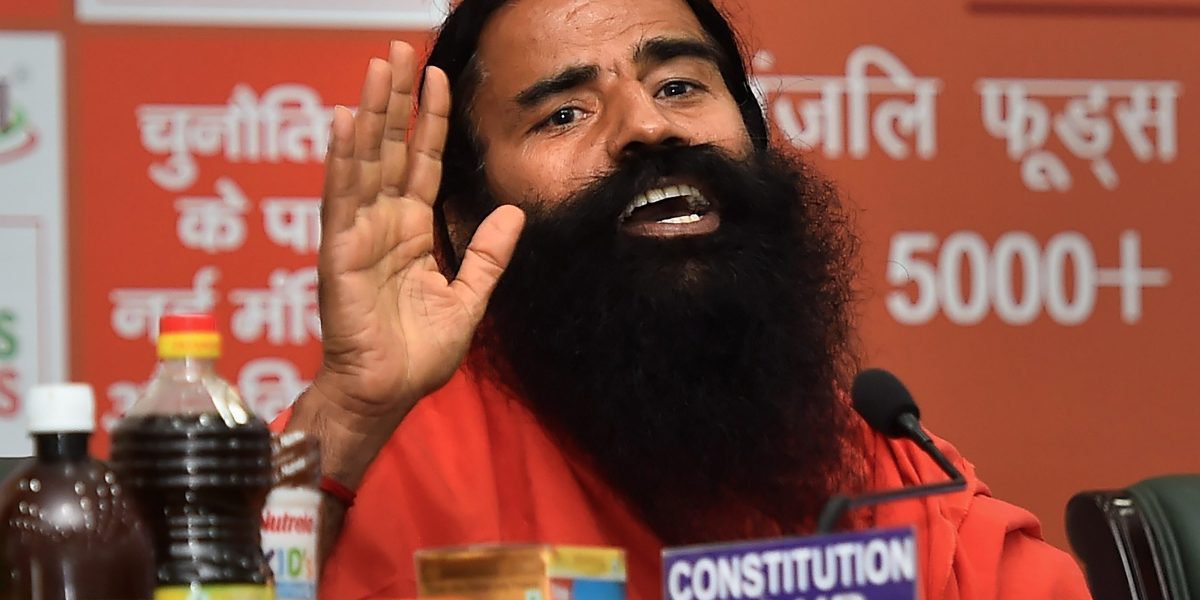
By UNNATI SHARMA / The Print
New Delhi: Ever since the BJP came to power in 2014, curiosity about the Rashtriya Swayamsevak Sangh (RSS) — the party’s ideological parent — has also grown. Founded in 1925, the RSS has been a subject of discussion among left liberals, academic circles and the common citizen.
But the outfit was not as popular during the 1980s as it is today. RSS had to represent and project itself to the youth for recruitment to the Hindutva cause. And this was when two comic books, Dr Hedgewar and Shri Guruji, were born.
They were written in the style of popular and engaging comic book series Amar Chitra Katha which were based on religious legends, epics, historical figures and folktales.
Dr Hedgewar was primarily based on the life of RSS founder Dr Keshav Baliram Hedgewar, while Shri Guruji represented the life of the outfit’s second chief and prominent leader Madhav Sadashiv Golwalkar. Both comics were priced at Rs 3.50.
Dr Hedgewar was written by Sudhakar Raje and illustrated by Nana Wagh, while Shri Guruji was written by Swanand and illustrated by Keshavrao Wagh.
The comic books played an important role in capturing the imagination of teenagers, who were being introduced to concepts such as shakhas (classes conducted by the RSS).
Aravindan Neelakandan, a Tamil Nadu-based author, who has written several books in English and Tamil, including ‘Breaking India: Western Interventions In Dravidian And Dalit Faultlines’, said these comic books were his first exposure to Hedgewar. Neelakandan was 12 years old when he was given these comic books by his father.
“I lived in Kanyakumari and the RSS was not completely unheard of, people had started going to the shakhas. But the comic book was my first exposure to the founder of the RSS Dr Keshav Baliram Hedgewar,” said Neelakandan, who has kept all his comics safe till date. He also said that he had read the other comic, Shri Guruji, at an RSS office later.
“It had an important impact on me in terms of understanding the founding fathers of the organisation. But I still remember three panels from the comics that have remained with me.”
“One panel was when Hedgewar saw a colony named ‘Hindu-colony’ somewhere in Maharashtra. He asked himself why Hindus needed a colony in their name in their own country? That helped me understand that Hindus cannot behave in a sectarian way,” said the author.
“The second was when Mahatma Gandhi was doing ‘pranam’ to the bhagwa flag, followed by a conversation with Dr Hedgewar. This panel made an impression on me that Gandhi was not anti-Hindu, as projected by several right wingers otherwise,” he added.
“The third one was Doctor Hedgewar criticisng the avatar concept in Hinduism — that we start looking for heroes or avatars around us to save us from our misery and lose self-belief. This showed that the RSS was not a fundamentalist organisation but a reformist organisation,” he said.
Another member of the RSS, Neeraj Sharma, a Lucknow-based businessman, said he got hold of the comic books via his friend who was a member of the outfit.
“I kept hearing about some ‘Guruji’ from my friend all the time when I was in school. I did not know who this person was. I read it for the first time and was very impressed. I wondered why we were not told about such great personalities in our homes or in school textbooks,” Neeraj said.
The comics were published by Jaipur-based Gyan Ganga Prakashan. The manager of the publishing house, Jagdeesh Sharma, a retired bank employee and also a RSS member, said he was inspired to read the comic books.
“It was important for the young minds. When we were invited to shakahs as kids, we did not know what it was. But after reading books on ‘doctor ji’ and ‘guru ji’, the idea became clearer,” he said.
The books mostly targeted the urban, English-medium educated kids. The language used was lucid and simple.
Comic books were not republished
Jagdeesh is unsure why, despite popularity, the comic books were not republished.
“A second part was supposed to come out, but it did not materialise. It was immensely popular…(but) there is almost no demand today. Now, many publishers have entered the business of making colorful books on the biographies of these RSS leaders, so we have stopped publishing it,” he said.
He also said that perhaps the outfit was unable to find a “suitable designer and writer” to publish the second part.
“It must have been somebody within the circles of RSS. We don’t know if the person who made it is alive or not. There were many pracharaks (full time volunteers) who were involved. Pracharks used to run these publishing houses earlier because one should be a trustworthy person to take such a big responsibility,” he added.
This article first appeared on theprint.in






